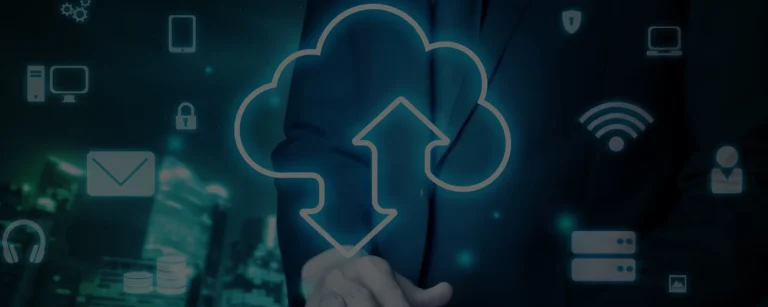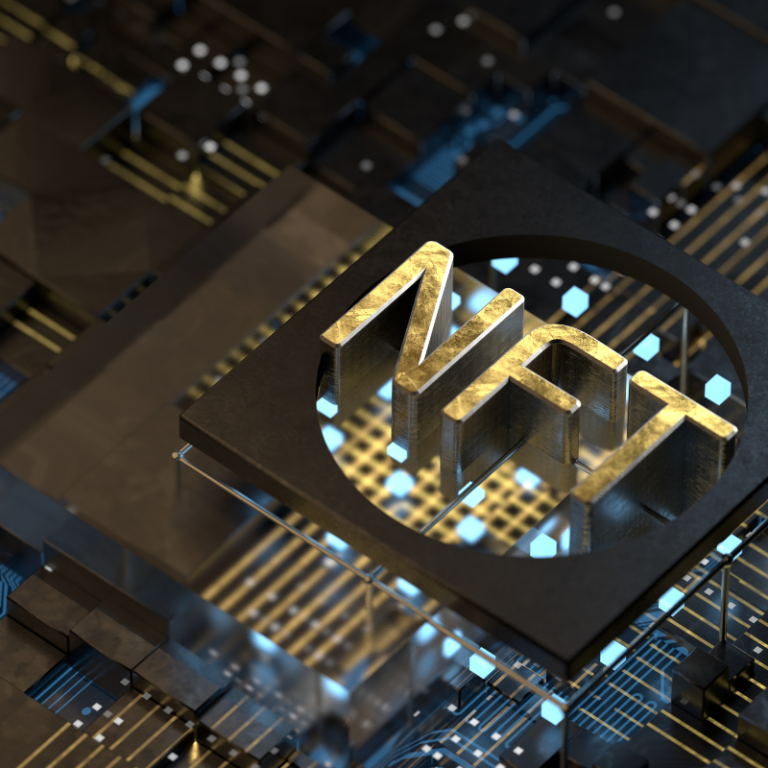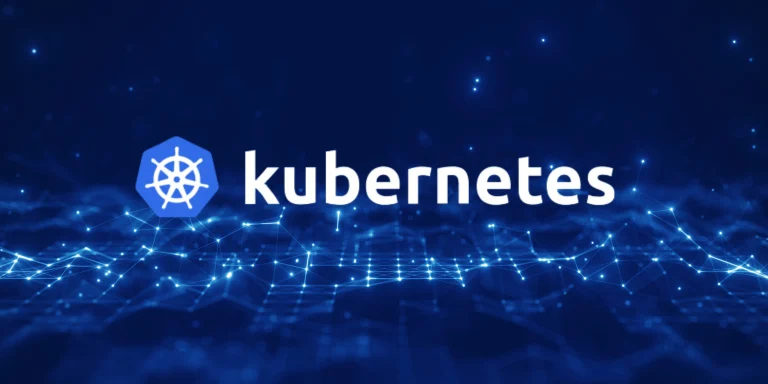Cybersecurity, at this moment, becomes very critical concern to any organization in the digital age. This alarming surge of cyber threats is therefore out of hand for traditional measures of security. This is where DevSecOps cybersecurity trends steps in with a new age solution. Security testing that is baked into every stage of software development could be defined as DevSecOps.
It embodies tools and processes that facilitate collaboration between developers, security experts, and operational teams in building software efficiently and securely. DevSecOps represents a cultural shift and ensures that security becomes everyone’s responsibility involved in building the software.
This blog focuses on some of the major trends of cybersecurity associated with DevSecOps and how this approach transforms organizational security over digital assets.
Defining DevSecOps
DevSecOps represents Development, Security, and finally, Operations. It is an extended version of the DevOps practice. Each term defines different roles and responsibilities of software teams when they are building software applications.
Development
The development represents the process of planning, coding, building, and testing the application.
Security
Security means that security is brought into the cycle while the development of the software was just initiated. For example, the programmer makes sure the code has no security vulnerabilities. And the security practitioners have a further test of the software before the company releases it.
Operations
The operations team releases, monitors and fixes any issues arising from the software.
Importance of DevSecOps
“Rapid and secure code delivery” may sound to most businesses like an oxymoron. But DevSecOps cybersecurity trends is about to flip that assumption on its ear.
It tries to empower the development team to enable them to resolve security problems effectively. Of course, it’s an alternative to older software security practices. Which couldn’t catch up with tighter timelines and rapid software updates.
To understand why DevSecOps is important, we gotta understand how software is developed.
Software development lifecycle
The software development lifecycle (SDLC) is a structured process. Guiding software teams to produce high-quality applications. Software teams use the SDLC to reduce costs, minimize mistakes. Making sure the software aligns with the project’s objectives at all times. The development cycle takes software teams through these stages:
- Requirement analysis
- Planning
- Architectural design
- Software development
- Testing
- Deployment
Bringing DevSecOps in the SDLC
In traditional systems development methodologies, like SDLC, security testing was an offshoot of the same. The security team detected the flaws in software only after building the software. DevSecOps cybersecurity trends framework enhances the SDLC with the realization of identifying vulnerabilities at every stage of the software development process and delivering it at every stage as well.
DevSecOps Trends in 2024
Security Automation
Automation is one of the cornerstones of DevSecOps cybersecurity trends. Smoothening security processes to have consistent application of security measures within them. Handling automation of repetitive, time-consuming tasks. So it allow teams to deal with higher-order problems in security.
A large number of tools, including Jenkins, Ansible, Docker, OWASP ZAP, Snyk, and HashiCorp Vault, are at hand to automate tasks. Like vulnerability scanning, compliance checks, and configuration management. Hence making the process efficient and reliable.

Shift-Left Security
Security left-shift involves integrating security into the early phases of SDLC. It ensures that security considerations are highly regarded. Right from design to deployment. Providing opportunity to discover vulnerabilities much earlier in the cycle. As it decreases the time and resources needed to fix these issues.
Moreover, this DevSecOps cybersecurity trends assist in adopting a security-first mindset within developers so that, probably, more secure code can be developed and security issues are attended to within a short period of time.
Continuous Monitoring and Incident Response
The corresponding continuous monitoring is an uninterrupted checking process. Consisting of security controls and activities in an environment. This proactive approach would be capable of real-time detection. Easily tracking any abnormal behavior or potential threats. Making intervention pretty easy for developers.
The strategies in incident response are focused on well-defined response plans. Automated alerting and logging, with frequent drills for readiness. Response can be speed up by integrating tools like ELK Stack for log management. For real-time analysis SIEM solutions is an option.
AI and Machine Learning in Cybersecurity
Both of them are now revolutionizing the very concept of cybersecurity. By providing development for more sophisticated threat detection and response. They can analyze huge amounts of data to identify patterns and anomalies. To precisely indicate and counter security threats.
Examples include AI-driven security tools like Darktrace. Designed to autonomously detect and respond to cyber threats. It uses machine learning, and Cylance, which uses artificial intelligence to fend off malware infections. These tools automate threat detection and response. Offloading some workload from security teams.
Architecture of Zero Trust
The zero-trust security model assumes a world with threats both inside and outside the network. According to the adage “never trust, always verify.”
Tools like Okta for Identity Management and Istio for Service Mesh Security. They play a huge role in implementing Zero Trust. This cores strict identity verification and least privilege access control. With a continuous monitoring across all traffic on the network into DevSecOps.
Supply Chains’ Security
This is critical and involves protection throughout the software development lifecycle. All the way from the lines of code created to deployment. Vulnerabilities and breaches could be enabled at scale by a compromised supply chain.
Best practices include deep inspection of the third-party components. By using trusted sources for dependencies and strict access control. With regular audit and update of software components. WhiteSource and Snyk are tools which enable better management and securing of dependencies for a secure supply chain.
Future Prospects
DevSecOps cybersecurity trends in this context has been radically changing cybersecurity. Introducing security into all phases of software development. In a way, this approach would enable teams to deliver rapid, secure code. The adoption of DevSecOps would become instrumental in having robust digital security.
The future of security looks ready for a paradigm shift. Since cyber threats are getting evolved these days. These are the trends that, therefore, organizations will have to embrace. To be ahead and effectively protect their digital assets in the age of digital economy.







